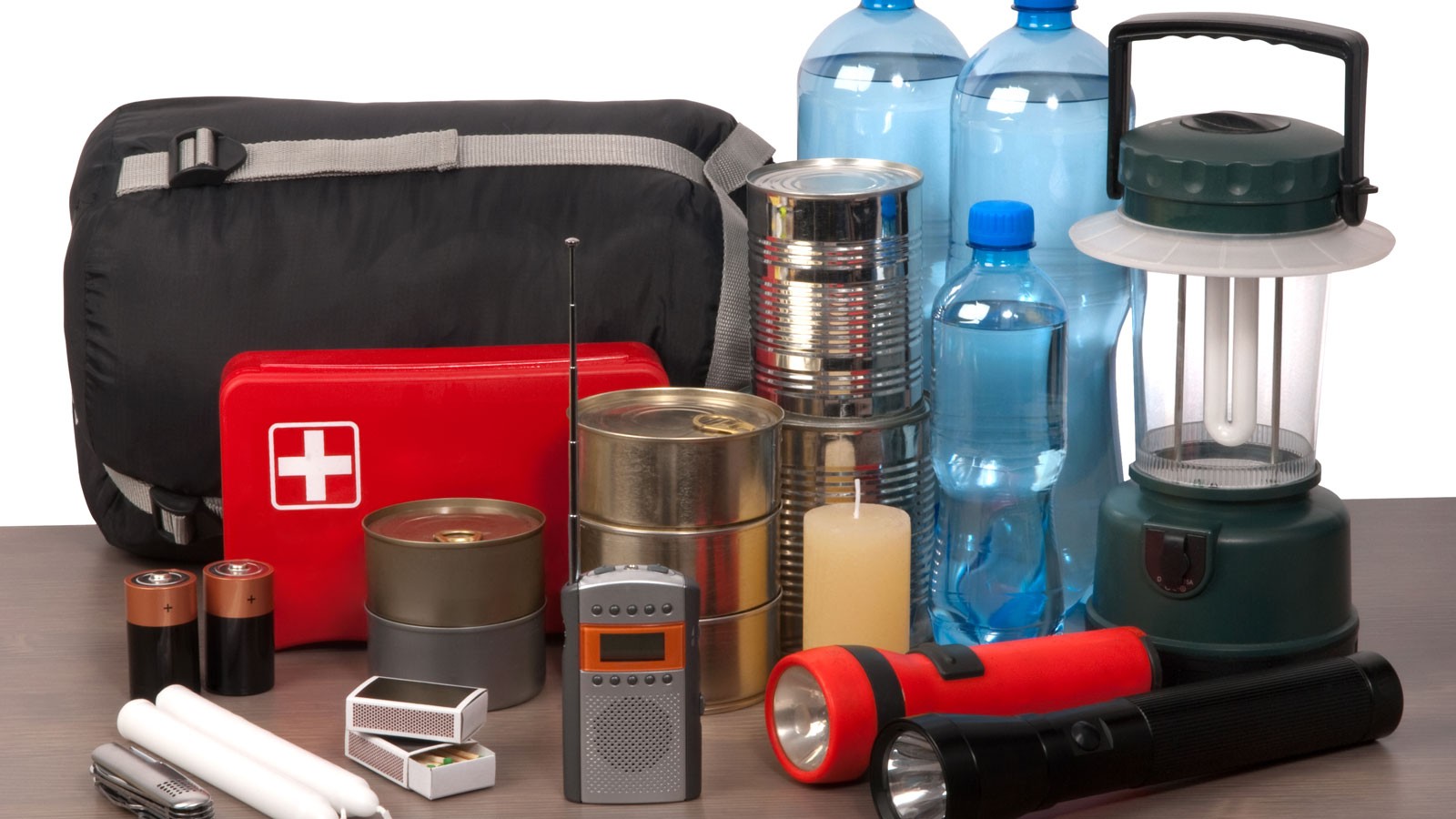Ask an Expert — National Preparedness Month: Be Prepared to Create 'A Lasting Legacy'
By Kathy Riggs |
It is well known that preparation can help overcome fear, and since September is National Preparedness Month, now is a great time to evaluate your preparedness supplies and plans. This year’s theme, “A Lasting Legacy,” means that the life you’ve built is worth protecting, and preparation can help you do that.
The Dept. of Homeland Security has an option to download a printable basic disaster supplies kit at www.Ready.gov/kit. The list also has suggestions for “unique needs” that include pets and elderly adults.
Recommendations for the Basic Disaster Supplies Kit include:
- Water — 1gallon per person per day for at least 3 days for drinking and sanitation
- Food — at least a 3-day supply of non-perishable foods
- Battery-powered or hand-crank radio and NOAA Weather Radio with tone alert
- Flashlight
- First aid kit
- Extra batteries
- Whistle to signal for help
- Dust mask to help filter contaminated air as well as plastic sheeting and duct tape to seal off windows and doors if sheltering in place becomes necessary
- Moist towelettes, garbage bags and plastic ties for personal sanitation
- Wrench or pliers to turn off utilities such as natural gas
- Manual can opener for food
- Local maps
- Cell phone with chargers and a backup battery
- Cash
- Prescription medications
Other items can be included, but adding size and weight to the kit may require additional portable totes or backpacks. Things to consider adding include pet supplies, changes of clothing and sleeping bags. A complete list is found at the link above.
Remember that assembling a kit is not a one-and-done task; it requires regular maintenance. You may consider placing a recurring reminder in your calendar to update and replenish the kit. Canned and packaged food will expire, batteries will lose power, and you may think of things to add or adapt to better suit your current situation.
The link also describes where to store your kits — namely in three locations:
- Home: Keep the kits in a designated place and have them ready in case you have to leave quickly. Make sure all family members know where they are kept. Consider including a list of pre-determined additional valuables that can be located and loaded in 5-15 minutes if there is time, space and transportation available. The list can be taped to the container top or stored in a pocket of the backpack.
- Work: Be prepared to shelter at work for at least 24 hours. Your work kit should include food, water and other necessities like medications and comfortable walking shoes. These should be stored in a “grab and go” container in an easily accessible location.
- Vehicle: In case you are stranded, keep a kit of emergency supplies in your vehicle. It can be similar to your work kit, but you may also want to include some form of shelter and source of warmth should you need to leave your car.
The key to facing potential disasters is to be prepared and informed. Being proactive and preparing now will help reduce the fear of being hungry, cold or injured in the future.
WRITER
Kathy Riggs
Family and Consumer Sciences Professor
Extension
435-586-8132
kathleen.riggs@usu.edu
TOPICS
Extension 450storiesComments and questions regarding this article may be directed to the contact person listed on this page.







